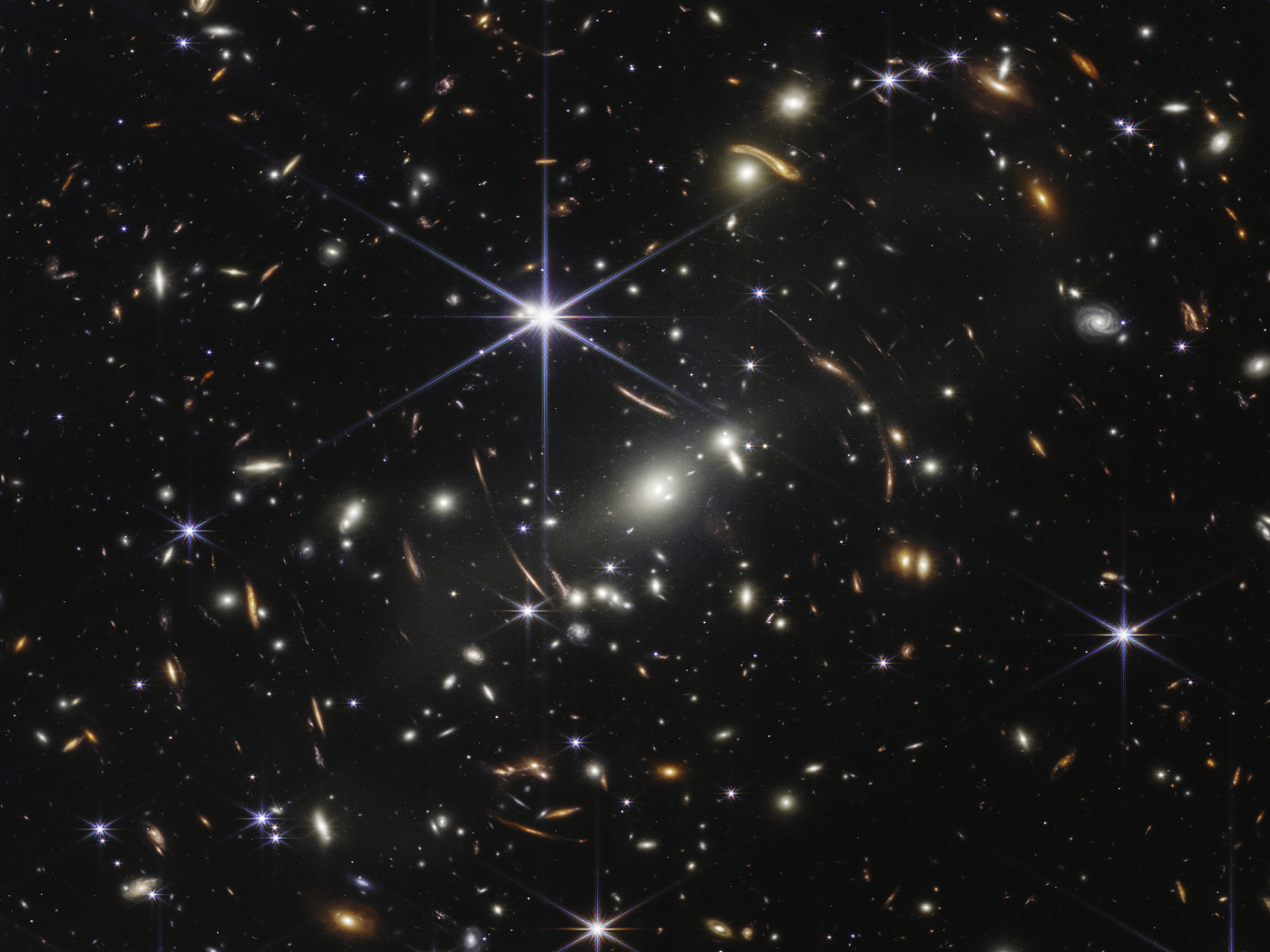A recent U.S. Forest Service study estimated that the trees planted along California streets provide a billion dollars’ worth of human benefit each year.1 And that benefit comes cheap. This analysis reveals five tree-related benefits that identify where trees fit in the origins controversy.
These trees do require upkeep, like limb trimming or repairing tree-related damage such as root-torn sidewalks. But the results appearing in the journal Urban Forestry and Urban Greening from three California forest researchers show that for every dollar spent on tree upkeep, tree benefits supply at least $5.82.1 The study authors concluded that each of the state’s 9.1 million street trees offers around $110.63 in total benefits per year.
How can these silent green giants generate so much good while making so little fuss?
The study converted five tree benefits into concrete dollar amounts. Roadside trees of California:
- Increase property value, mostly through aesthetics2
- Reduce air-conditioning costs by providing cooling shade
- Store carbon—California’s street trees store some 7.78 million metric tons of carbon dioxide, helping balance atmospheric carbon-dioxide levels3
- Improve air quality by absorbing pollutants
- Intercept rainfall
However, this list excluded additional human health benefits. The study authors wrote,
Recent research in the Sacramento region found that residents in neighborhoods with more tree cover had lower body mass index, reduced likelihood of being obese or overweight, greater participation in vigorous activity, lower likelihood of asthma, higher levels of social cohesion, improvements in mental health, and better general health. The cost savings associated with these health benefits could be substantial.1
These health observations match a 2013 study showing lower death rates in well-treed neighborhoods.4
Did trees evolve or were they created? Tree cells use suites of enzymes to construct wood. Their extraordinary precision and ingenious design defy tree evolution.5 In other words, tree design could not arise by natural processes any more than a tornado could somehow construct an airplane from a pile of raw materials.
The beauty and variety in tree leaf shapes and textures also defies evolution. If all trees descended from a single tree ancestor, as evolutionary dogma asserts, then why did nature not select a plain leaf shape that merely executes photosynthesis most efficiently? Instead, tree leaves come in a delightful array of intriguing varieties, apparently intended to reveal the Creator’s appreciation for variety.6
And fossils show no evidence of evolutionary transition from non-wood plants to woody trees. Fully woody trees suddenly appear as fossils, just as they appear fully formed today.
Instead of natural processes slowly evolving trees, a supernatural process appears to have suddenly created them. The impressive list of California street tree benefits shows that trees meet human needs. And meeting our needs implies intentional kindness. Psalm 68:19-20 suggests a way to respond to the Lord’s kindness by saying,
Blessed be the Lord, who daily loads us with benefits, the God of our salvation! Selah. Our God is the God of salvation; and to GOD the Lord belong escapes from death.
So according to this Psalm as well as other Scriptures, the same Lord and Creator who uses trees to load us with daily cost savings and health benefits also offers all people everywhere an escape from death through forgiveness of sin.
References
- McPherson, E. G., N. van Doorn, and J. de Goede. 2016. Structure, function and value of street trees in California, USA. Urban Forestry and Urban Greening. 17 (2016): 104-115.
- Thomas, B. Trees Really Are Pleasant to the Sight. Creation Science Update. Posted on ICR.org November 17, 2014, accessed June 16, 2016.
- Thomas, B. Global Warming? Trees to the Rescue! Creation Science Update. Posted on ICR.org July 22, 2013, accessed June 16, 2016.
- Thomas, B. Do People Live Longer among Trees? Creation Science Update. Posted on ICR.org January 28, 2013, accessed June 16, 2016.
- Thomas, B. 2011. Thank God for Wood. Acts & Facts. 40 (10): 17.
- Thomas, B. 2016. Skateboarding and Darwinism. Acts & Facts. 45 (5).
*Mr. Thomas is Science Writer at the Institute for Creation Research.
Article posted on June 27, 2016.

















